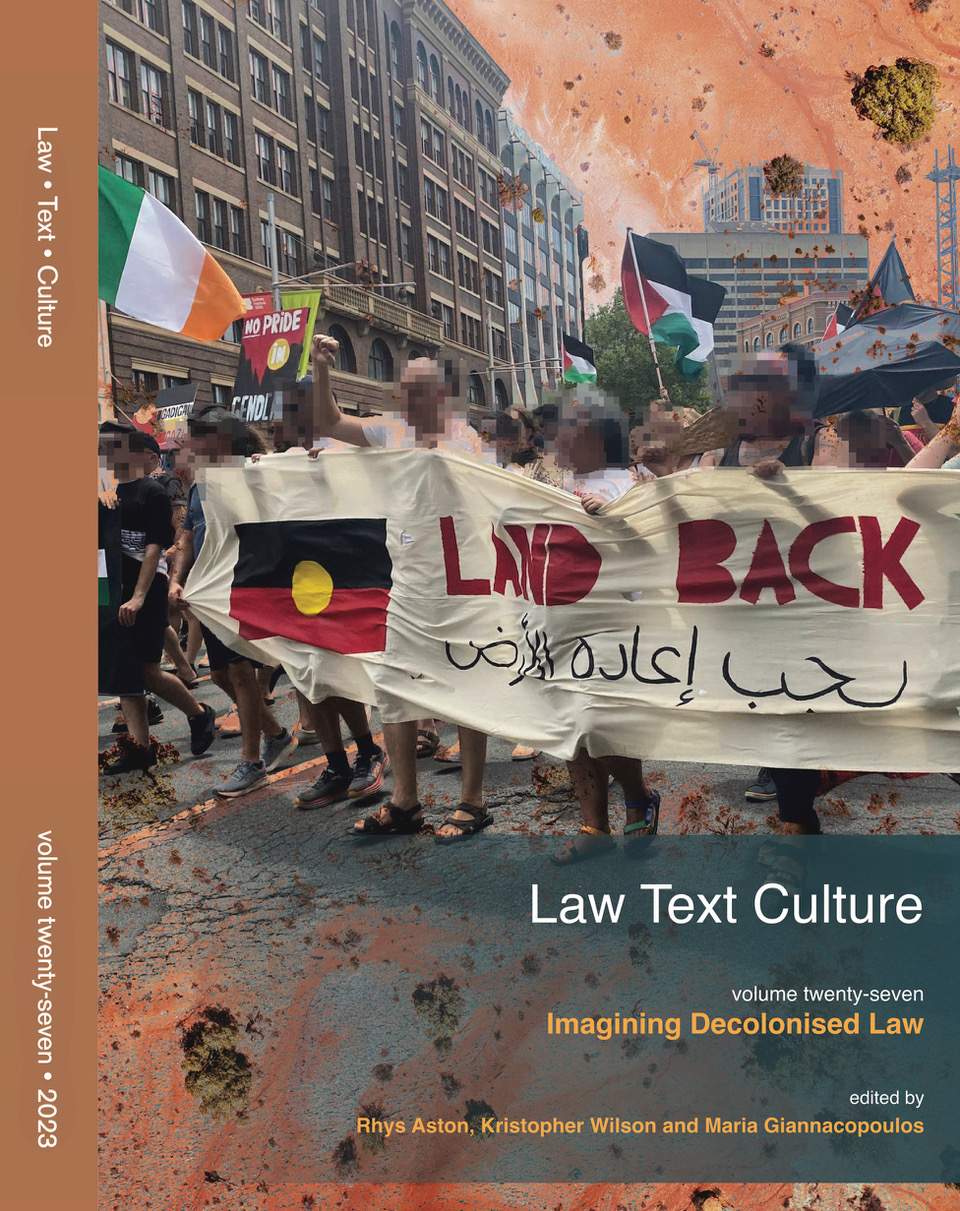Abstract
This essay discusses the meaning of 'climate justice' and the ways in which it is or is not materialised currently in climate change litigation. First I present the immateriality of the abstract concepts that make up this composite term: 'climate' and 'justice'. Yet the placing the words adjacent to one another seems to mobilise them into a novel composite vehicle of legal action. I trace how the idea of 'climate justice' hovers as an elusive idea around the concrete particularities of what can be known about 'climate' specifically in relation to 'justice'. These questions are probed in the setting and context of the Philippine Human Rights Commission's 2018 Inquiry into the Carbon Majors' (Chevron, Exxon, Shell, BP etc.) violation of human rights.
The aim here is mainly diagnostic: rather than taking legal doctrines of environmental or international human rights law as analytical materials, I use a legal materialist approach in order to try to make sense of what is concretely happening when an issue of a planetary scale of complexity is addressed and represented in a medium-sized moot court room. It helps to bring into vision the specific modes by which formats, places and media are enlisted as constitutive elements in the becoming and stabilisation of the emerging legal matter of climate justice. My analysis depicts law acting as the medium for upscaling (an idea of human justice) and downscaling (of climate science) different knowledges into other frameworks of reality than their original ones: to that of the human narrative scale.
How to Cite:
Kang, H. Y., (2019) “What if all we can see are the parts, and there is not a whole: elements and manifestations of the making of law of ‘climate justice’”, Law Text Culture 23(1), 138-170. doi: https://doi.org/10.14453/ltc.663
Downloads:
Download PDF
View PDF
358 Views
891 Downloads

